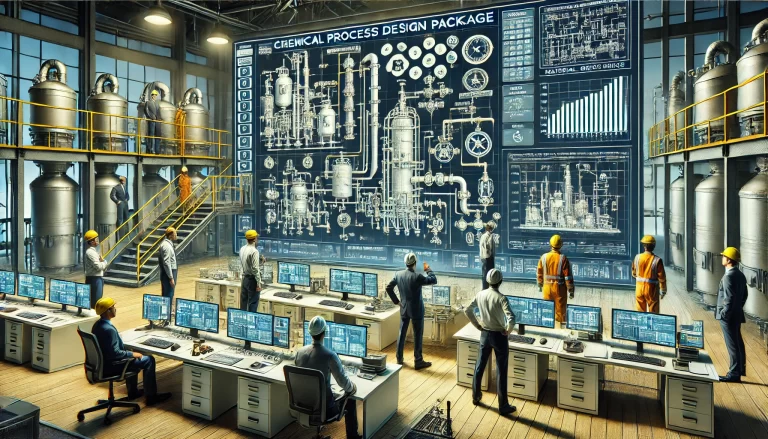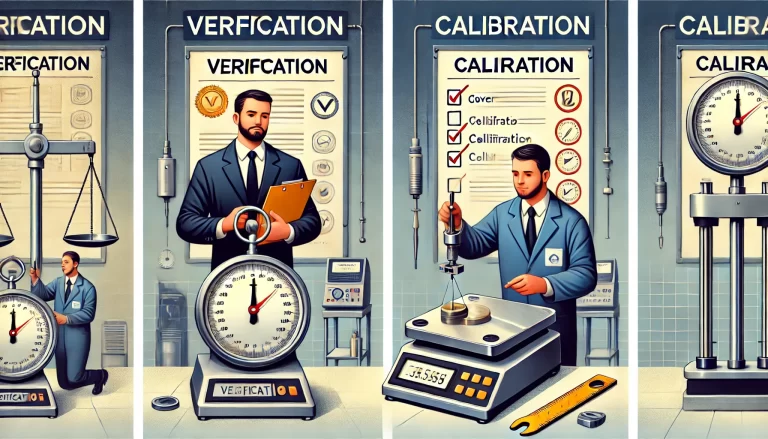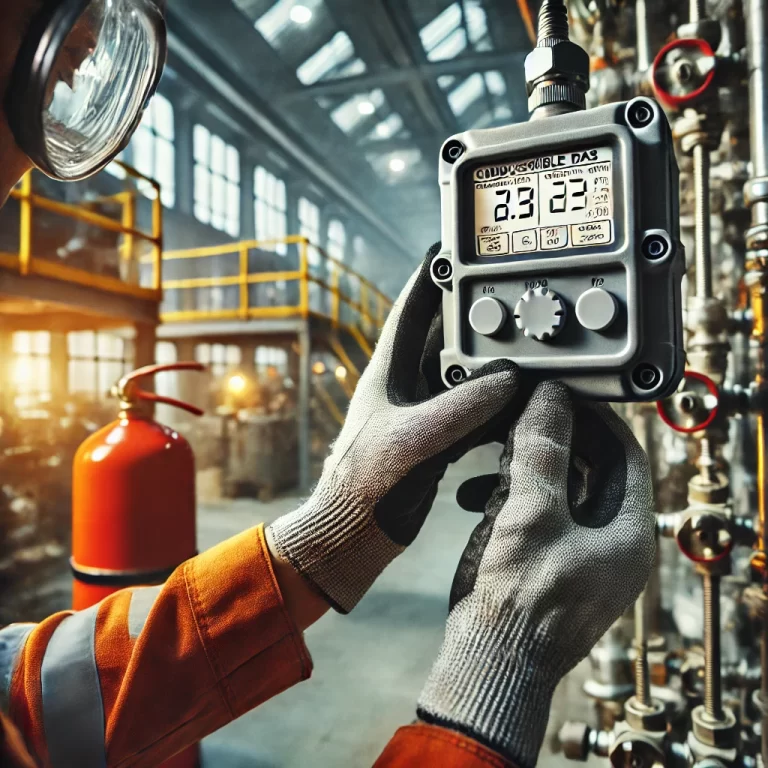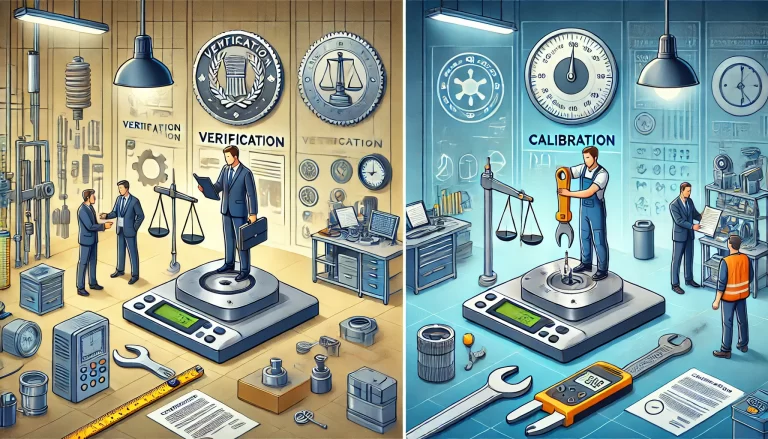Instrument calibration is a crucial process in ensuring measurement accuracy and reliability. Despite strict metrology standards and guidelines, errors can still occur due to improper implementation or uncontrollable factors. These errors may compromise the validity of calibration results. Below, we explore common errors in instrument calibration and provide recommendations for minimizing them.

1. Errors in Calibration Methods
Calibration methods serve as the foundation for accurate results. Most institutions adhere to standardized procedures for calibrating instruments. However, certain instruments, due to their specific requirements, may necessitate the development of unique calibration protocols. A lack of expertise or oversight in crafting these methods can lead to significant measurement errors and reduced precision.
Example:
- Multimeter Calibration: During calibration, measuring high-resistance circuits often requires the use of a multimeter. If the voltage at the terminals of a high-resistance circuit is measured without accounting for the multimeter’s internal resistance, the circuit may experience unintended parallel paths, causing inaccurate readings.
Recommendations:
- Follow Established Standards: Whenever possible, rely on internationally recognized standards for calibration methods.
- Conduct Method Validation: For custom methods, perform rigorous validation by comparing results against benchmark standards.
- Continuous Improvement: Regularly review and refine methods to address potential oversights and incorporate advancements in technology.

2. Instrument-Related Errors
The accuracy of calibration results is inherently tied to the precision of the calibration equipment itself. Errors may arise if the calibration instruments are not properly maintained, lack essential auxiliary components, or experience wear and tear over time. These issues can lead to erroneous calibration results, particularly in complex setups involving multiple instruments.
Example:
- Bridge Calibration and Oscilloscope Errors: Calibration of bridges and oscilloscopes may be influenced by resistance discrepancies or electrode line errors. For instance, in oscilloscopes, these inconsistencies might cause the zero-reference level to shift, leading to incorrect data interpretation.
Recommendations:
- Routine Maintenance: Establish a maintenance schedule for all calibration instruments to prevent performance degradation.
- Verification: Regularly verify the calibration equipment against reference standards to ensure ongoing accuracy.
- Replace Worn Components: Promptly replace any auxiliary tools or components showing signs of wear to maintain precision.

3. Insufficient Experience of Calibration Personnel
Calibration is not solely a technical process—it relies heavily on the expertise and judgment of the calibration engineer. The accuracy of calibration results depends on the engineer’s ability to follow proper procedures, observe anomalies, and document findings meticulously. Inadequate training or experience can result in suboptimal outcomes, even when using high-quality instruments and methods.
Example:
- Companies often specify the number of qualified metrology engineers in their tender documents, recognizing the critical role of skilled personnel in achieving reliable calibration results.
Recommendations:
- Invest in Training: Provide comprehensive training programs for calibration engineers to enhance their technical knowledge and practical skills.
- Encourage Certification: Motivate personnel to obtain relevant certifications in metrology and calibration standards.
- Foster Peer Review: Implement a peer-review system where experienced engineers verify the work of junior staff to reduce the likelihood of errors.

Conclusion
Instrument calibration is an indispensable part of ensuring measurement reliability in industrial and scientific settings. By addressing common errors—whether in methods, equipment, or personnel—organizations can significantly enhance the precision and trustworthiness of calibration results. Adopting a proactive approach, including rigorous method validation, diligent equipment maintenance, and ongoing personnel development, is key to achieving long-term success in calibration practices.
